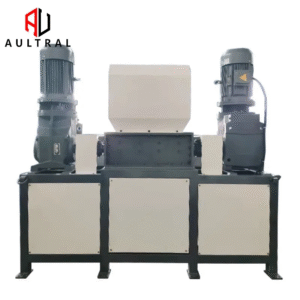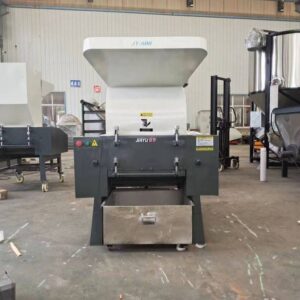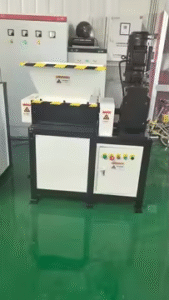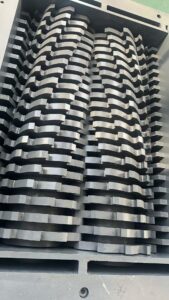1. Understanding Home Shredders
Home shredders have become essential tools for modern households to manage daily waste. These devices effectively reduce trash volume, facilitate recycling, and protect sensitive information. Typical materials processed include plastic containers, shipping packaging, small electronic waste, and certain types of food waste (in select models). When selecting a shredder, it’s crucial to identify your primary usage needs – whether it’s mainly for plastic bottles or document destruction – as this directly impacts the model choice.

2. Key Selection Criteria
Choosing the right shredder requires evaluating three critical aspects:
-
Performance Specifications: Opt for models with 5-10kg/h processing capacity and 300-800W motor power. An intake opening wider than 30cm is recommended to accommodate larger items like milk jugs.
-
Durability Features: Prioritize units with alloy steel blades and metal housing. Dual-shaft designs provide more consistent shredding and should include overload protection and emergency stop functions.
-
Safety Considerations: Essential features include child safety locks (particularly for households with young children), automatic jam prevention, and overheating protection to extend machine lifespan.
3. Operation and Maintenance
Proper usage significantly enhances shredder performance:
-
Pre-processing: Flatten containers and disassemble packaging before feeding
-
Batch Processing: Avoid overloading the machine
-
Routine Maintenance: Includes clearing accumulated debris and inspecting power cords
Important precautions: Never process glass items, liquid containers, textiles, or hazardous materials. Limit continuous operation to 15-minute intervals to prevent motor overheating.
4. Troubleshooting Common Issues
For machine jams: Immediately power off and use specialized tools to clear obstructions. When blades dull, contact the manufacturer for original replacement blades rather than attempting DIY sharpening. Always clean food containers thoroughly before processing. During routine maintenance, pay special attention to blade wear and power cord integrity.
5. Smart Purchasing Advice
Select models based on actual household needs:
-
Basic 5kg/h capacity suffices for average 3-5 person families
-
Choose higher-powered units for frequent hard plastic or thick cardboard processing
-
Test operational noise and safety features before purchasing
Don’t overlook after-sales support: Consider warranty terms, service network coverage, and parts availability. Established brands typically offer better user experience and customer support.



